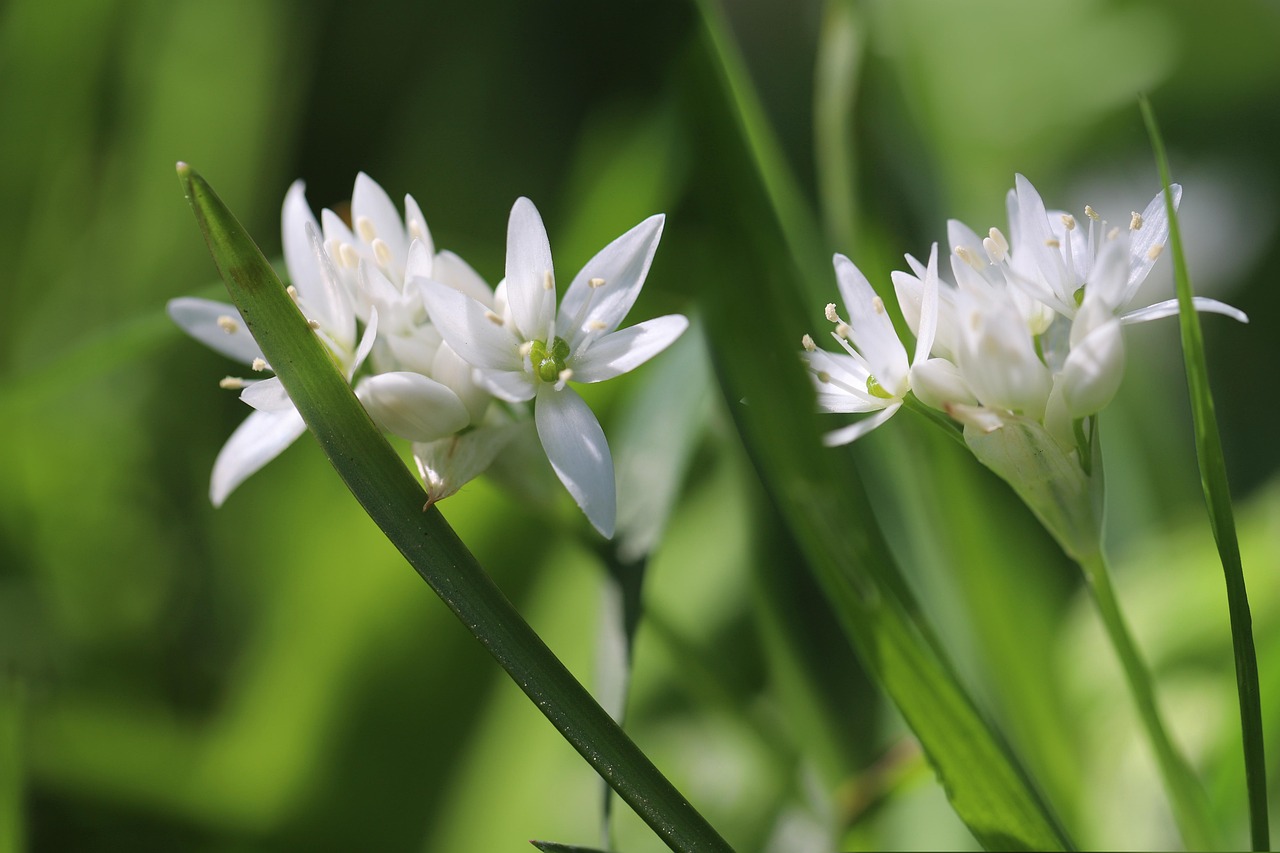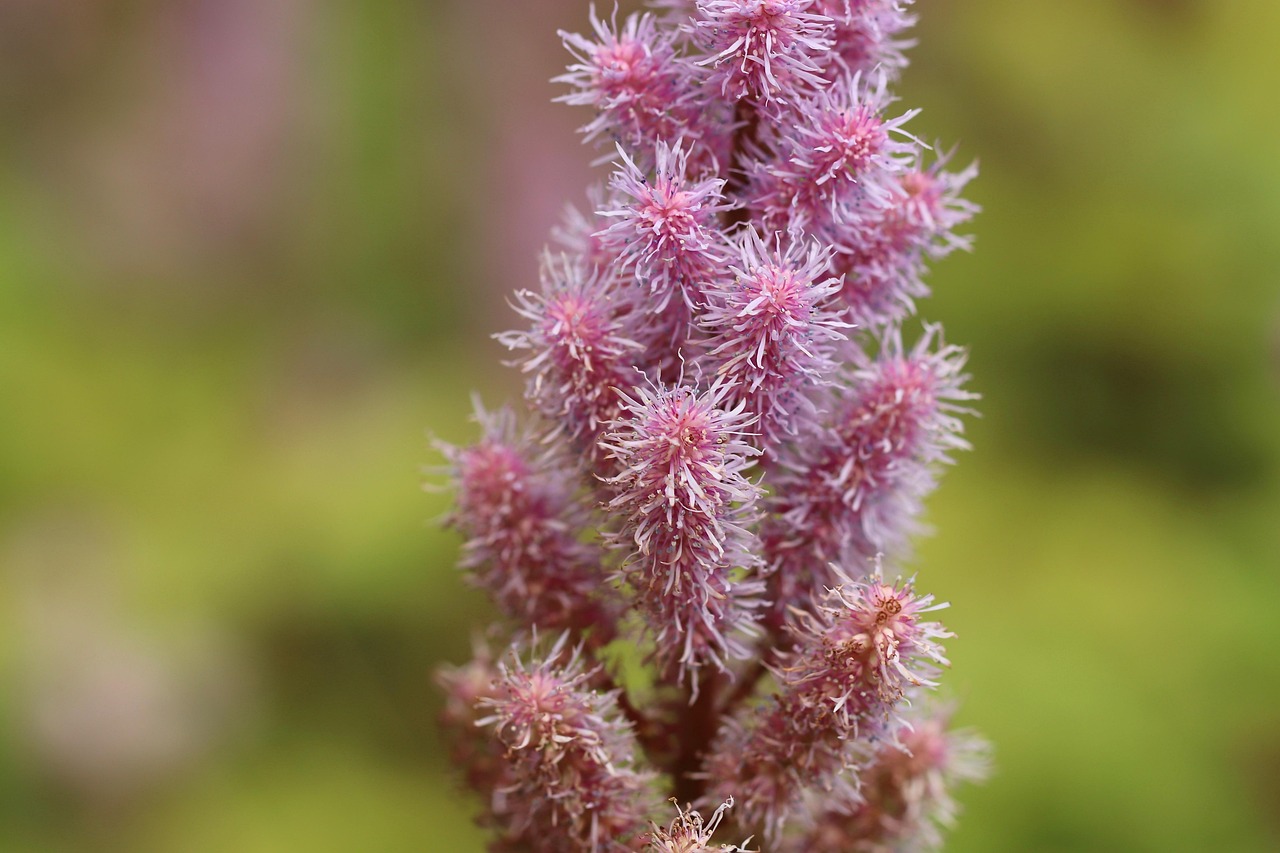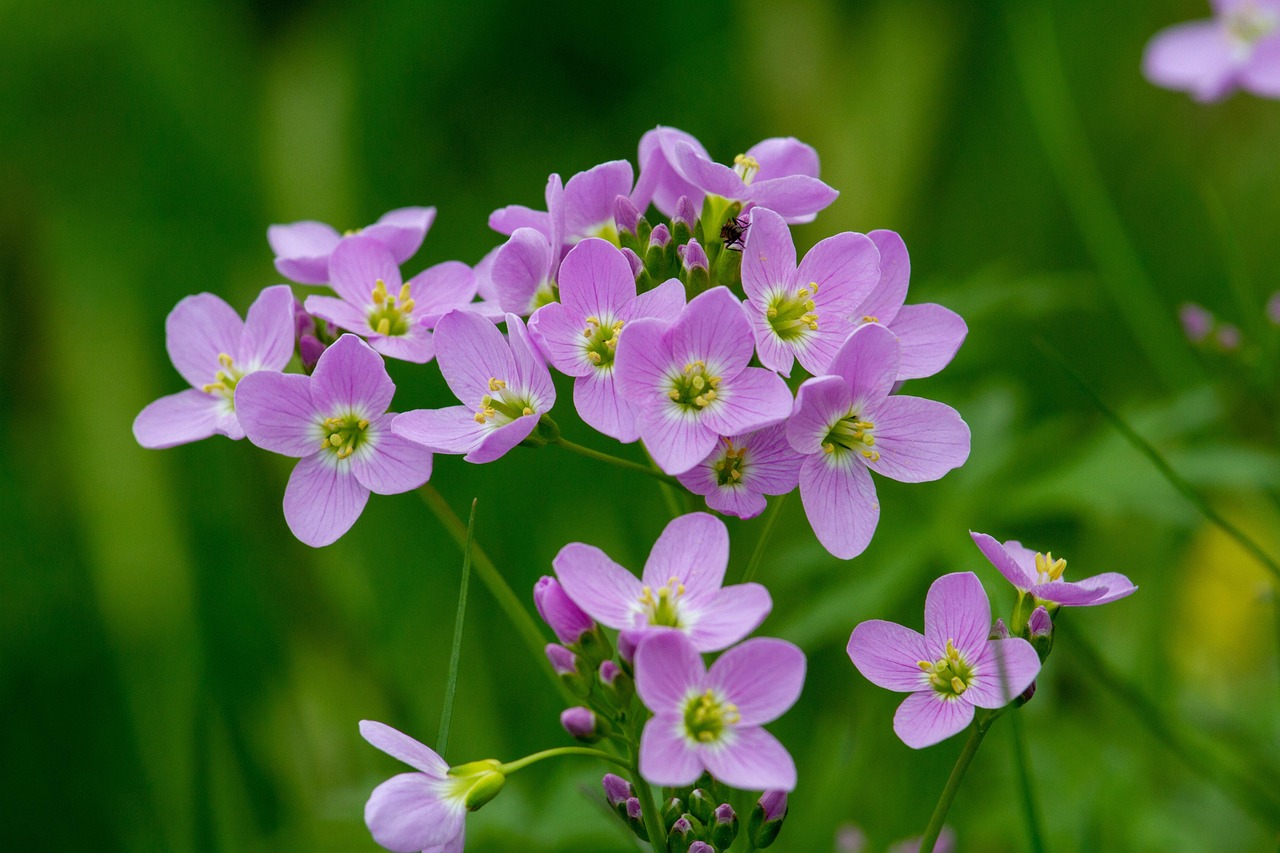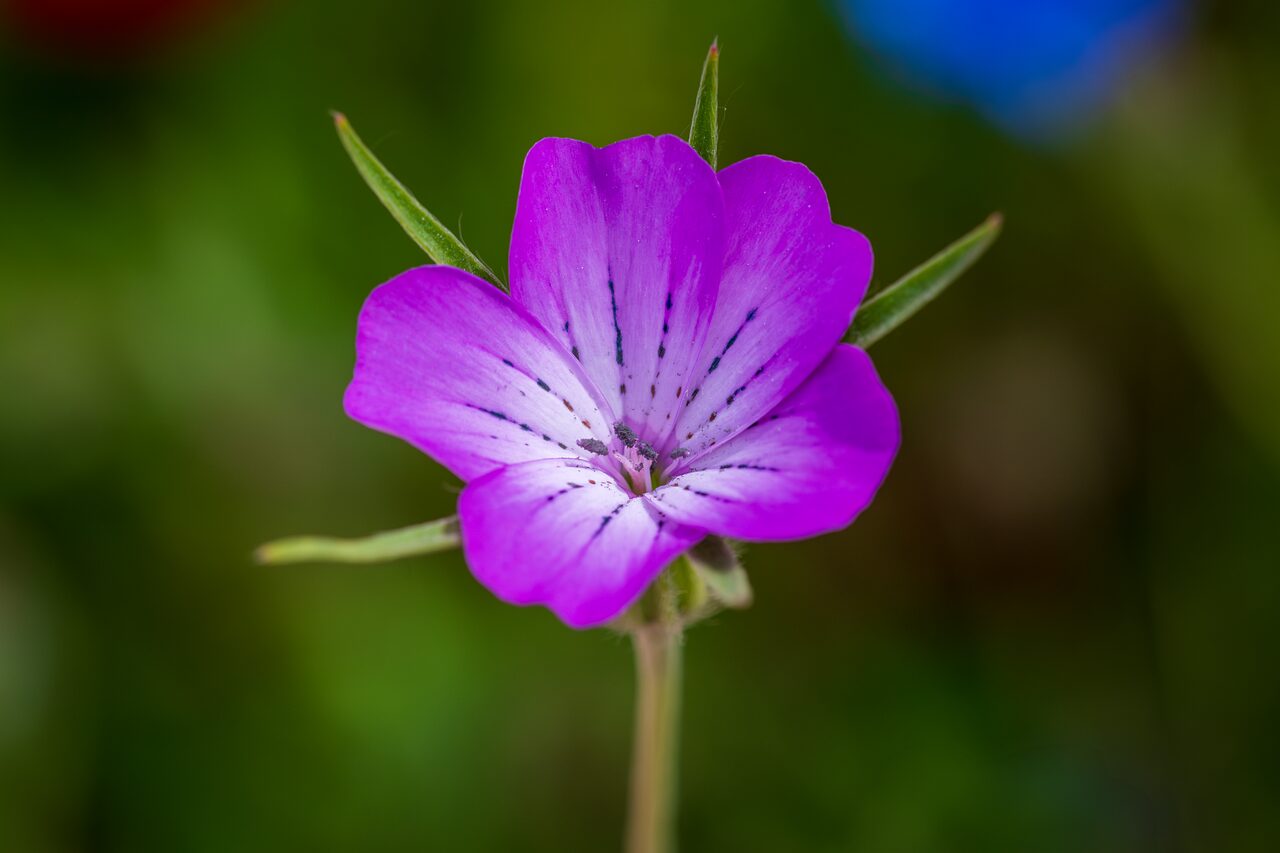Lamium | Flowers Blooming in the Shade, a Serene Ornament of the Forest
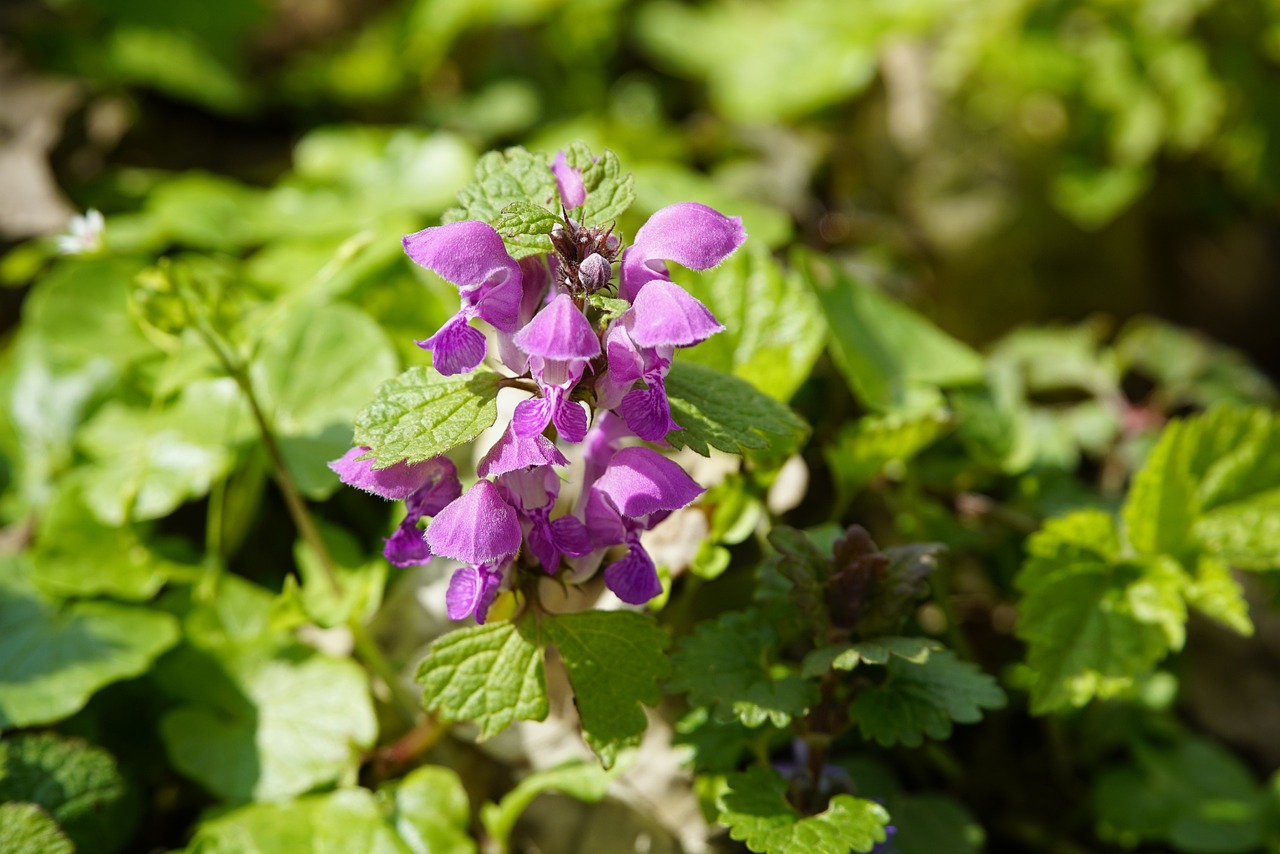
Lamium is a perennial plant admired for its uniquely patterned leaves and modest yet beautiful flowers. It is especially popular as a ground cover, bringing subtle elegance to gardens.
In this article, I will introduce Lamium in detail, from its basic information and cultural background to historical anecdotes and practical gardening advice.
Basic Information
- Scientific Name: Lamium
- Family: Lamiaceae (Mint family)
- Origin: Europe, Asia, North Africa
- Appearance: Lamium is characterized by its silver-patterned leaves and delicate small flowers in pink, purple, or white. The contrast between the flowers and foliage brightens gardens during its blooming season. Growing 20–40 cm in height and spreading horizontally, it is ideal for ground coverage.
- Blooming Season: Mainly spring to early summer (May–June), with some varieties flowering again in autumn depending on the region.
Cultural Significance Around the World
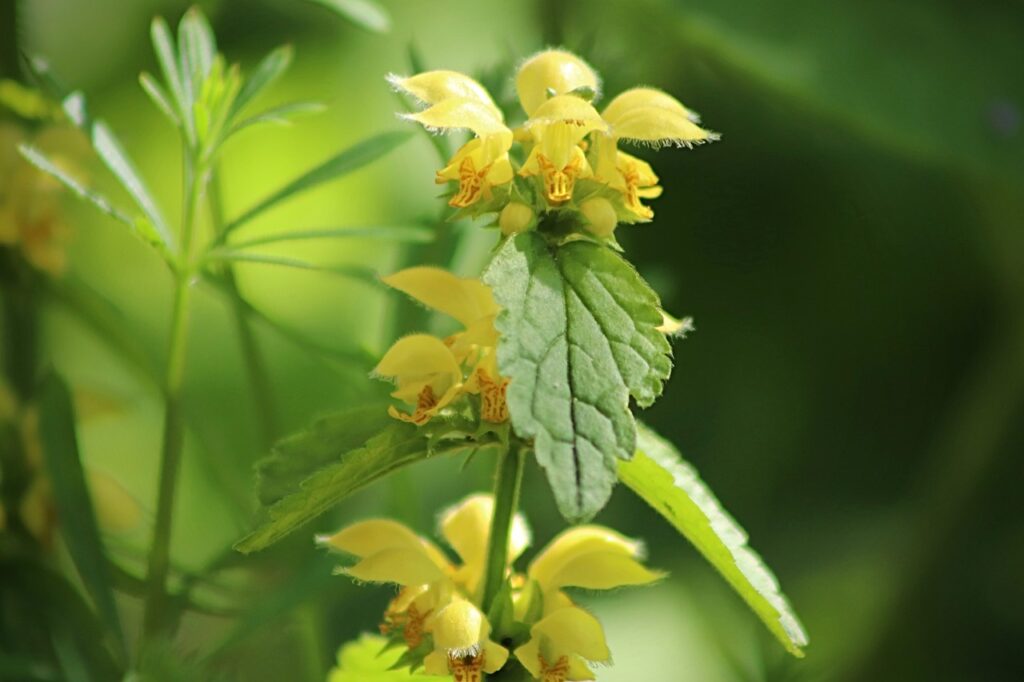
Lamium is frequently found in traditional European gardens, often used to create natural landscapes. Its distinctive silver foliage adds a subtle accent, earning it a place in the hearts of gardening enthusiasts.
The English name “Dead Nettle” comes from its resemblance to stinging nettles, though it does not sting when touched.
Symbolically, Lamium represents “modesty” and “calm beauty,” and in European culture it is regarded as a plant embodying understated charm. In gardens, it is typically planted among perennials and shrubs to create serene and elegant scenery.
Historical Anecdotes
Lamium appears in old European manuscripts and botanical references, and was a common sight in medieval gardens.
Historically, it was cultivated in monastic gardens and castle courtyards, often alongside other medicinal herbs. Beyond its beauty, Lamium also contributed to the ecological balance of these gardens.
Over centuries, it spread naturally across Europe as a hardy ground cover, particularly valued for its resistance to drought and cold.
In rural villages, Lamium grew naturally in meadows and stone walls, becoming an integral part of the landscape.
Gardening Advice
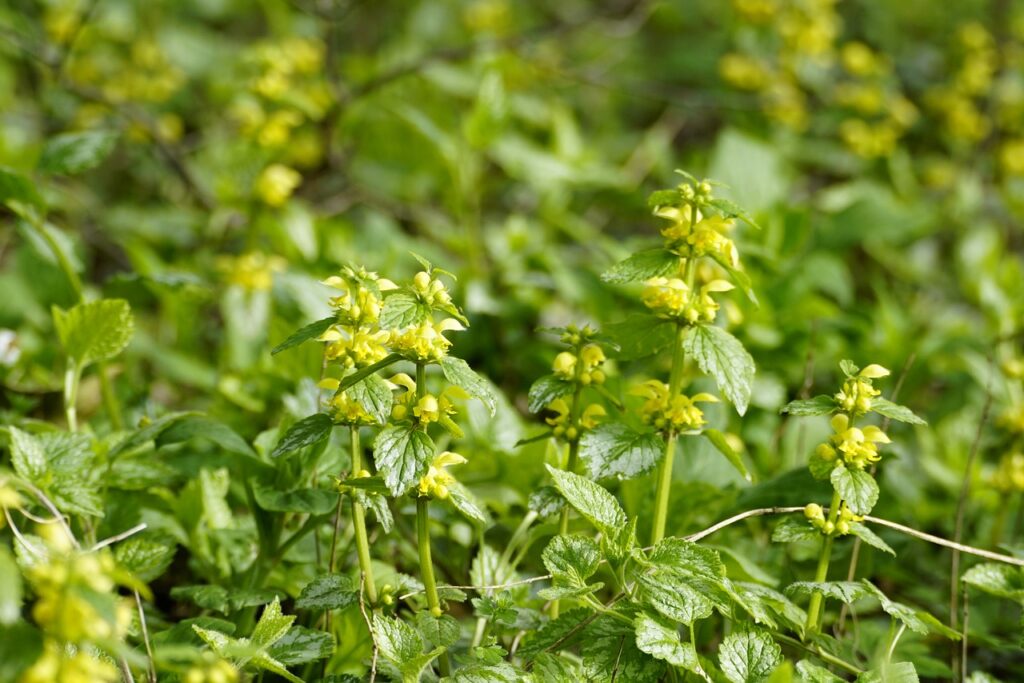
Lamium is a very resilient, low-maintenance plant. It thrives in shady or semi-shaded areas, making it ideal for places where other plants may struggle.
Planted in dry spots or under trees, it covers the ground effectively and helps suppress weeds.
Watering should generally be moderate, though it is important to water thoroughly after planting. Thereafter, only occasional watering is needed when the soil becomes dry.
Because Lamium is sensitive to excessive moisture, well-drained soil is recommended.
It grows quickly and spreads easily, so pruning or thinning may be necessary to maintain balance in the garden.
Many varieties are cold-hardy and retain their leaves throughout winter, offering year-round enjoyment.
Conclusion
Lamium is the perfect choice for those who wish to add charm to their garden effortlessly. Its adaptability to shade and beautifully patterned foliage bring subtle highlights to any space.
Strong and easy to grow, it is also highly recommended for beginner gardeners. By planting Lamium, you can bring a sense of calm beauty to your garden.

